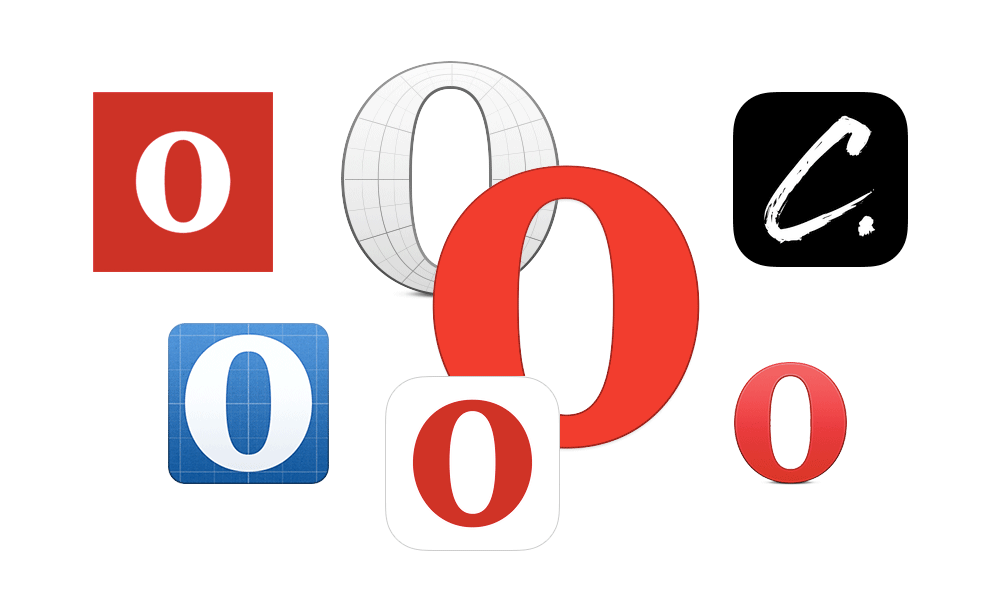Opera browsers, their modes and engines

Opera browser is available on multiple platforms, in different forms, with different modes, engines and standards support levels. In this variety, you can easily get confused - did you know, for example, that Opera Mini for iOS has three modes, one of which is
UIWebView with Opera Turbo? Therefore, we decided to put together a simple overview of all our products, which explains some of the technical differences between our browsers.| OS | Browser | Mode | Engine | Proxy | Standards |
|---|---|---|---|---|---|
| Android | Opera | Usual | Chromium | Not | Everything |
| Opera Turbo | Chromium | Yes | Everything | ||
| Opera Mini | Opera Mini | Presto, server | Yes | Are limited | |
| iOS | Opera Mini | Usual | WebKit, system | Not | Everything |
| Opera Turbo * | WebKit, system | Yes | Everything | ||
| Opera Mini | Presto, server | Yes | Are limited | ||
| Coast | Normal | WebKit, system | Not | Everything | |
| Opera Turbo * | WebKit, system | Yes | Everything | ||
| J2me | Opera Mini | Opera Mini | Presto, server | Yes | Are limited |
| Windows phone | Opera Mini | Opera Mini | Presto, server | Yes | Are limited |
| Computers | Opera | Usual | Chromium | Not | Everything |
| Opera Turbo | Chromium | Yes | Everything |
')
Notes
- Opera Turbo mode compresses traffic up to 80%, Opera Mini mode up to 90%.
- For Opera Turbo, marked with an asterisk, there is also a Video Boost option for video compression.
- If you determine the position of users based on the IP address, be sure to check the
X-Forwarded-Forheader. Thus, you can correctly determine where the user opened your site in a browser that uses the Opera Mini proxy and Opera Turbo. - Standards support in Opera Mini is “limited”, which means that complex JavaScript, CSS, and other dynamic elements may not work the way you expect, due to server-side rendering features and limited device capabilities.
- Older Opera browsers on the Presto engine, for example, Opera 12 for computers, Opera Mobile Classic, etc. are no longer supported and are not listed in this list.
Source: https://habr.com/ru/post/259379/
All Articles